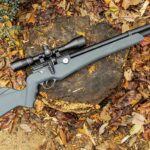What You Really Need To Know to Hunt Swamp Country Bucks
Water Barriers
There’s a reason mid-evil castles were built surrounded by a moat. A buffer of water between defender and assailants was a matter of life and death. It warranted a barrier of protection and served as an alert of intrusion.
I used to hunt an abandoned farm years beyond the days of its land being worked. A river abutted the backside of the property with connected drainage ditches lined by tag alders and dogwood woven throughout. The fields had long since grown over with switchgrass, bus-sized dogwood clusters and the occasional weathered cedar fence post reminders of how the land used to be. It was a whitetail paradise.
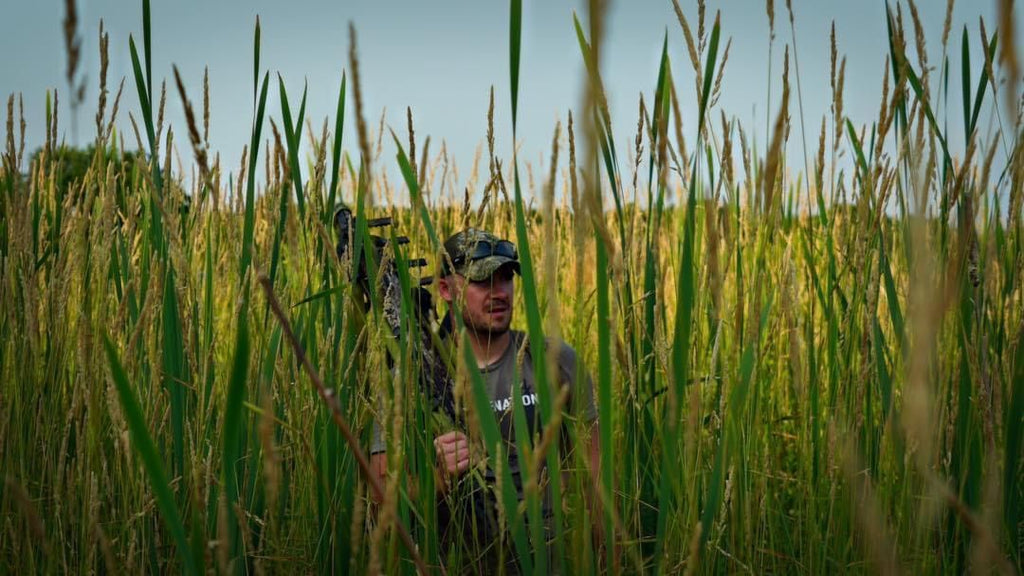
Every spring the river swelled from the thaw and flooded the land. After years of soggy bottoms, cattails prevailed as common across much of the land once tilled and rotated between a bounty of crops.
By May the flooding would subside, and resident deer moved back in.
I lost a lot of blood watching deer movement the first couple summers, mosquitos were horrendous. I posted up on the edge of timber and watched for evening movement. I would catch glimpses of their bright, orange-colored bodies moving from a square section of cattails surrounded by a drainage ditch towards the neighbor’s crop fields. The sound of water as they crossed the ditch was a calling card and drew my eyes in that direction.
If I could hear the water from a distance, it’s a no-brainer they used the sound as an alarm for intruders. These deer had innately chosen to bed in an area surrounded by a moat. Maybe the deer were bedding in these squares of cattails surrounded by drainage ditches because the coyotes were reluctant to cross the water.
Every winter the snow-covered ice on these frozen ditches were traced with coyote tracks weaving back and forth into the cattails squares I knew the deer to bed in before the water turned to ice. During the season, however, I never once witnessed a coyote cross the ditches to access those cattail squares. It was the first time I had ever equated the concept of a water barrier between landlocked deer bedding and surrounding dry ground.
The combination of deterrence and sound making areas of high ground surrounded by water likely bedding habitat.
Sanctuary Myth Buster
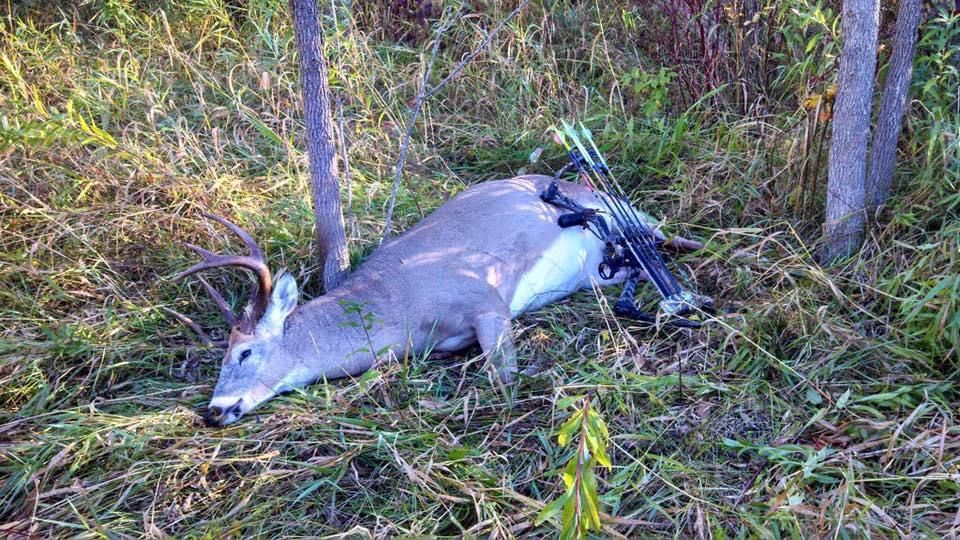
“Don’t go in there!” We’ve all heard it before and many of us likely implore it. It’s no secret deer bed in marshes and swamps. It’s been written about, professed in seminars and surely neighbors of the wetland area next door have voiced an opinion that intruding into that marsh will “kill the deer hunting in a hurry around here.”
Thick cover, like cattails and tag alders, is hard to navigate stealthy. The suction of footsteps in mud and splashing of water contribute to the sound of rustling brush and breaking branches. Without the cover of wind or other distracting background noise, like nearby train or road traffic, sneaking up on a deer bedded in a marsh is close to impossible. This is the very attraction deer have to marshes and it is what makes killing a deer in the marsh more complicated.
Then why hunt marshes?
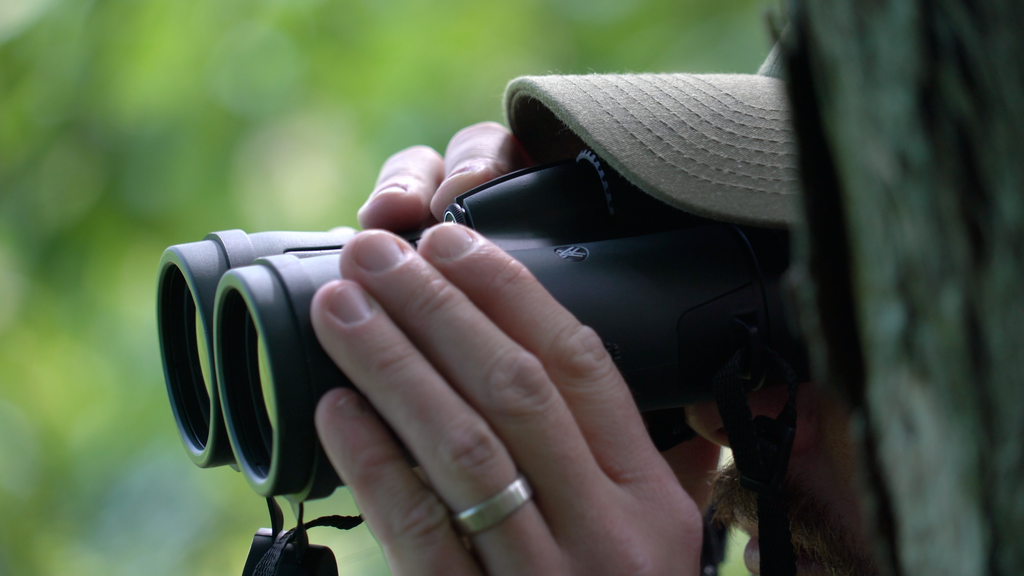
Simply put, the challenging obstacles of deer hunting wetland habitat are the very same details that attract more deer to those areas. I’ll take those odds.
I used to hunt the fringes starting off observing from a distance and then moving in to hunt the edges. I had read an article stating the importance of leaving core bedding areas alone and treating them as sanctuaries to hold more deer on your property. It made sense, why would the deer leave if I avoided pushing them away?
I had my share of opportunities hunting the way I did, but most mature buck encounters occurred during the seek phase of the rut. From the last week of October to the end of the first week of November I would stick to the edges of the area I had left alone all season. It was a waiting game and never really felt like I was actively hunting or pursuing. To each their own, hunting is personal after all, but a successful hunt after applying aggressive tactics tends to climb the ranks of my most memorable days in the woods.
It was Dan Infalt who convinced me I was missing out. Of course, I looked back on several great bow kills hunting the fringes of the very place I called a sanctuary, but I was being defensive.
Dan asked a very simple question – how many of those bucks I had killed hunting the sanctuary fringes were outside of the rut?
My answer – “None.” Short and sweet.
If you know the deer are in there, why not go in and get after them? Let that sink in.
Written By: Sam Ubl
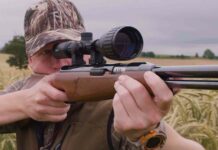
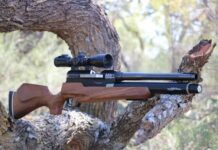



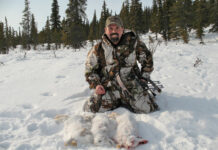


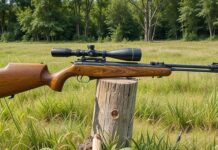
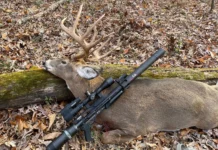
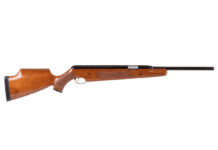

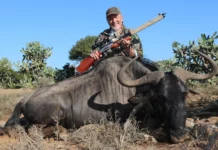
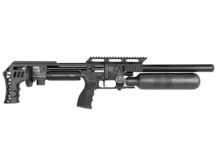

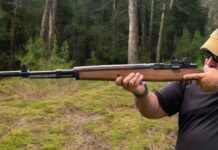
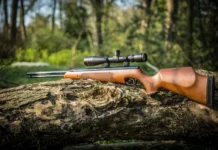





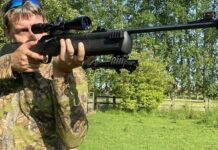
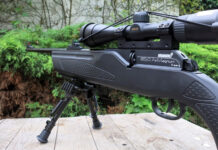
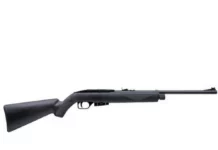



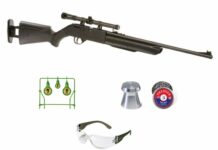
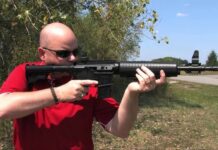



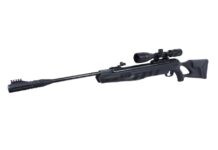





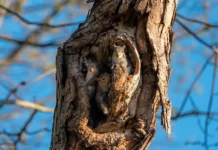



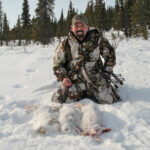
![Air gun 101: The differences between .177 & .22 – Which jobs they do best ? [Infographic]](https://airgunmaniac.com/wp-content/uploads/2024/11/1773-150x150.jpeg)
